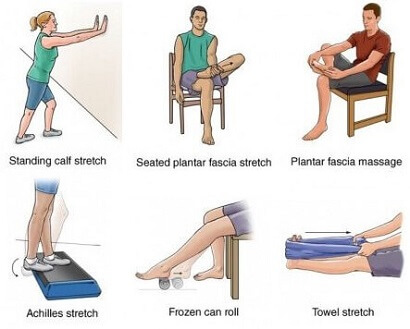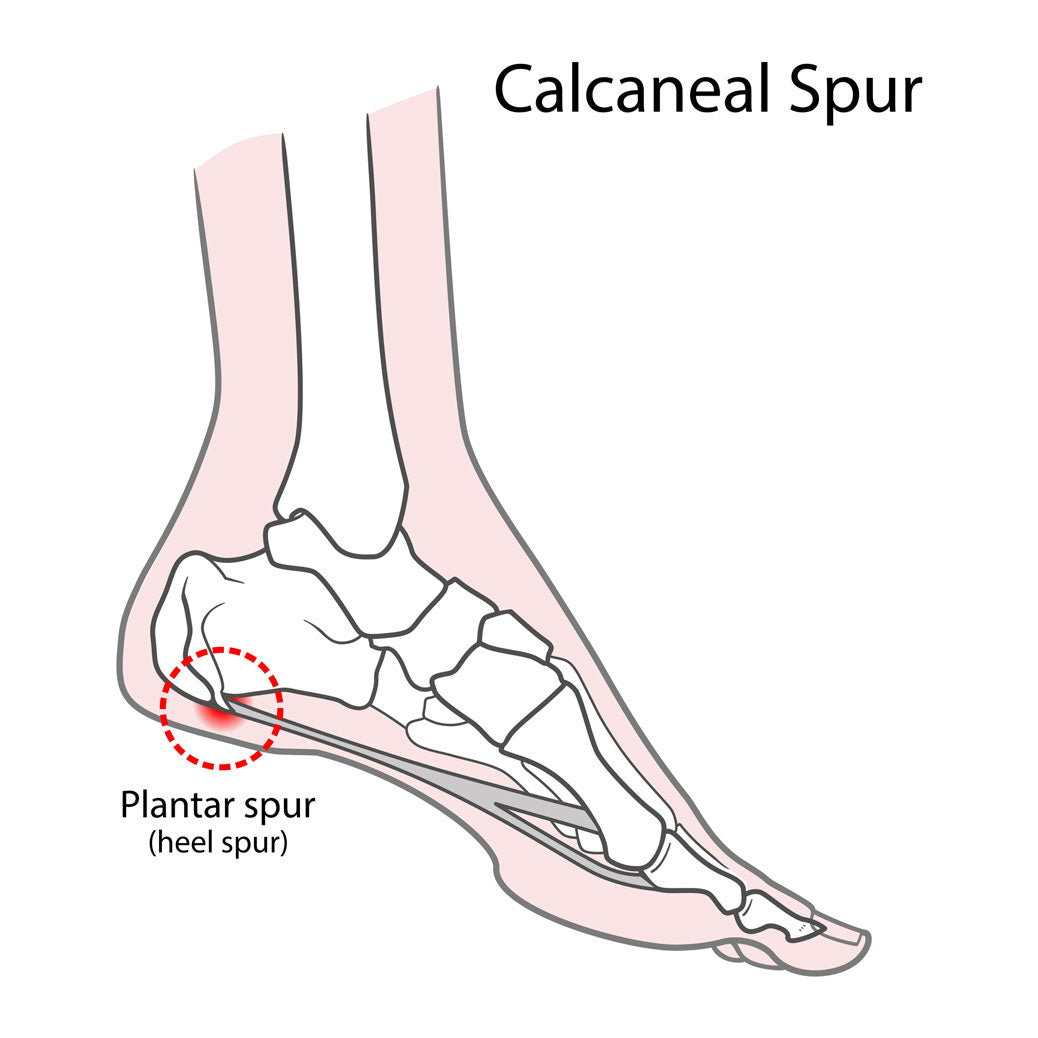Treatment for calcaneal spurs typically involves a combination of self-care measures and medical interventions. Here are some common treatment options:
-
Rest and ice: Resting the affected foot and applying ice to the heel can help reduce inflammation and relieve pain.
-
Stretching and strengthening exercises: Stretching exercises can help improve flexibility and relieve tension in the plantar fascia, while strengthening exercises can help improve foot mechanics.

-
Footwear modifications: Wearing supportive shoes with cushioned insoles can help reduce stress on the heel and provide additional support to the foot.
-
Orthotic devices: Custom-fitted orthotic devices can help support the foot and reduce stress on the heel bone.
-
Medications: Over-the-counter pain medications, such as ibuprofen or acetaminophen, can help relieve pain and inflammation.
-
Injections: Corticosteroid injections can be used to reduce inflammation and relieve pain, but they are typically only recommended for short-term use.
-
Surgery: In severe cases, surgery may be necessary to remove the calcaneal spur or release the plantar fascia.
In summary, calcaneal spurs can cause pain and discomfort in the heel and can be challenging to treat. However, a combination of self-care measures and medical interventions can help manage the condition and relieve symptoms. It is important to consult with a healthcare provider to determine the best treatment approach for each individual.

